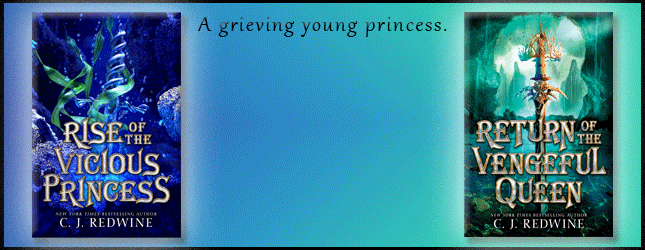Review Detail
Middle Grade Fiction
523
Grief can take many shapes.
(Updated: April 02, 2022)
Overall rating
4.0
Plot
4.0
Characters
4.0
Writing Style
4.0
Illustrations/Photos (if applicable)
N/A
What worked:
Dybbuks are mischievous spirits, and Aviva’s dybbuk appeared after her father died in an accident five years before. She’s often questioned about strange happenings around her home, since she’s the only one able to see the dybbuk. Stories of the dybbuk attract some interest from classmates, but it doesn’t really help with her popularity. Slippery floors, falling shelves, and random messes are attributed to the dybbuk, who Aviva sees as a young boy, about her own age. Most of the pranks are harmless, but they start to escalate as the plot moves along.
The story is fully immersed in the Jewish culture. Aviva attends a Jewish school and community, and her mother runs a small mikvah where people take cleansing baths. Community members come to worship in the shul next door, but along with the mikvah, they become targets for racial tensions. In school, the students learn Hebrew, and Aviva and Kayla are especially talented in a dodgeball-like game called machanayim. A major event in the lives of young Jewish girls is the Bas Mitzvah, and it becomes a climactic moment in the plot.
The book addresses grief, mental health, racism, and friendship, common issues that young readers might witness or experience. Ema, Aviva’s mother, used to be a well-liked, outgoing elementary teacher, but her personality drastically changes when her husband dies. Aviva often finds her staring blankly into space, and she rarely smiles or leaves the apartment. Kayla used to be Aviva’s best friend, but something happens to change that relationship. Maybe it’s the death of Aviva’s father or the change in her mother’s behavior. Maybe it’s something else. Aviva finds herself isolated from friends and must eventually face her own demons.
What didn’t work as well:
The book uses many Jewish terms that aren’t always easy to define using context. The vocabulary makes the story more authentic, but it could present difficulty for young readers. A glossary with definitions can be found in the back, but readers rarely skip to the end when reading fictional books.
The Final Verdict:
Grief can take many shapes. The early part of the plot isn’t as engaging as the latter half, but the overall story is an emotional journey to healing. It presents some serious topics that may benefit young readers.
Dybbuks are mischievous spirits, and Aviva’s dybbuk appeared after her father died in an accident five years before. She’s often questioned about strange happenings around her home, since she’s the only one able to see the dybbuk. Stories of the dybbuk attract some interest from classmates, but it doesn’t really help with her popularity. Slippery floors, falling shelves, and random messes are attributed to the dybbuk, who Aviva sees as a young boy, about her own age. Most of the pranks are harmless, but they start to escalate as the plot moves along.
The story is fully immersed in the Jewish culture. Aviva attends a Jewish school and community, and her mother runs a small mikvah where people take cleansing baths. Community members come to worship in the shul next door, but along with the mikvah, they become targets for racial tensions. In school, the students learn Hebrew, and Aviva and Kayla are especially talented in a dodgeball-like game called machanayim. A major event in the lives of young Jewish girls is the Bas Mitzvah, and it becomes a climactic moment in the plot.
The book addresses grief, mental health, racism, and friendship, common issues that young readers might witness or experience. Ema, Aviva’s mother, used to be a well-liked, outgoing elementary teacher, but her personality drastically changes when her husband dies. Aviva often finds her staring blankly into space, and she rarely smiles or leaves the apartment. Kayla used to be Aviva’s best friend, but something happens to change that relationship. Maybe it’s the death of Aviva’s father or the change in her mother’s behavior. Maybe it’s something else. Aviva finds herself isolated from friends and must eventually face her own demons.
What didn’t work as well:
The book uses many Jewish terms that aren’t always easy to define using context. The vocabulary makes the story more authentic, but it could present difficulty for young readers. A glossary with definitions can be found in the back, but readers rarely skip to the end when reading fictional books.
The Final Verdict:
Grief can take many shapes. The early part of the plot isn’t as engaging as the latter half, but the overall story is an emotional journey to healing. It presents some serious topics that may benefit young readers.
Comments
Already have an account? Log in now or Create an account



































